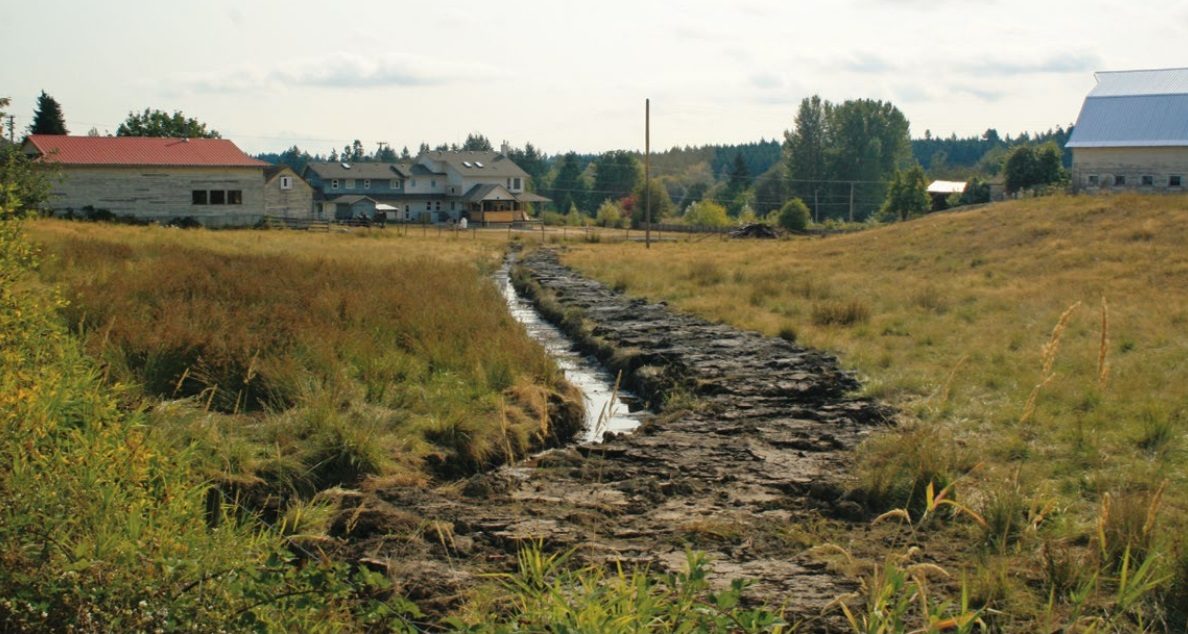A major grant from the Department of Fisheries and Oceans and Province of British Columbia will enable the Cowichan Valley Regional District to explore the feasibility of increasing water storage levels in Cowichan Lake to provide sustainable water resources for fisheries in the Cowichan River system.
A multi-party proposal for $4 million to the BC Salmon Restoration and Innovation Fund (BCSRIF) was put forward by the CVRD in collaboration with Cowichan Tribes, Paper Excellence and the Cowichan Watershed Board to focus on two key activities necessary to move forward on attaining a long-term water supply for the Cowichan River. The first component of the project will develop detailed engineering designs and permitting for a new weir in Cowichan Lake, as well as strategies for the removal of the existing weir. The second component of the project will be determining the Cowichan Lake natural boundary in order to conduct private property impact assessment associated with an increase to lake levels if and when a new dam is constructed in the future.
“This is great news for our region, as this work is direly needed to prevent further damage and degradation of fish populations in one of our heritage river systems,” said Ian Morrison, chair of the Cowichan Valley Regional District. “We are grateful to DFO for recognizing the importance of this work, and to our partners for their collaborative efforts to seek a viable solution that will protect the vital resources of fish and water.”
The funding was announced by John Wilkinson, minister of fisheries, oceans, and the Canadian Coast Guard at an event on August 26, 2019 in Colwood, B.C. along with several other projects being supported by BCSRIF on Vancouver Island.
“We are using the B.C. Salmon Restoration and Innovation Fund to modernize the region’s fish and seafood sector and solidify our reputation as a provider of world-class products,” said Jonathan Wilkinson, minister of fisheries, oceans, and the Canadian Coast Guard. “These investments will ensure that the fish and seafood sector in British Columbia is positioned for long-term environmental and economic sustainability, while helping to create meaningful employment opportunities in coastal and Indigenous communities in B.C.”
Since 1989, the Cowichan Valley has experienced drought-stricken years more often than not, with 2019 projected to be the worst on record. Emergency pumping from Cowichan Lake into the Cowichan River, needed to maintain minimum water levels necessary for spawning fish, is anticipated to begin August 29 at 11 a.m. This temporary solution is not sustainable, particularly due to the impacts on the lakeshore, water lines, and infrastructure.
“This project is a great example of what can be achieved when all levels of government come together with local citizens, and commit to being resilient in the face of climate change,” said Tom Rutherford, executive director of the Cowichan Watershed Board. “There is no doubt that the legendary salmon and trout runs that have helped build local cultures and communities in the Cowichan Valley are at risk. The science-based, collaborative approach demonstrated by this initiative provides us all with hope for a sustainable water future for the Cowichan Valley and beyond.”
Header Image Credit: Province of British Columbia.









